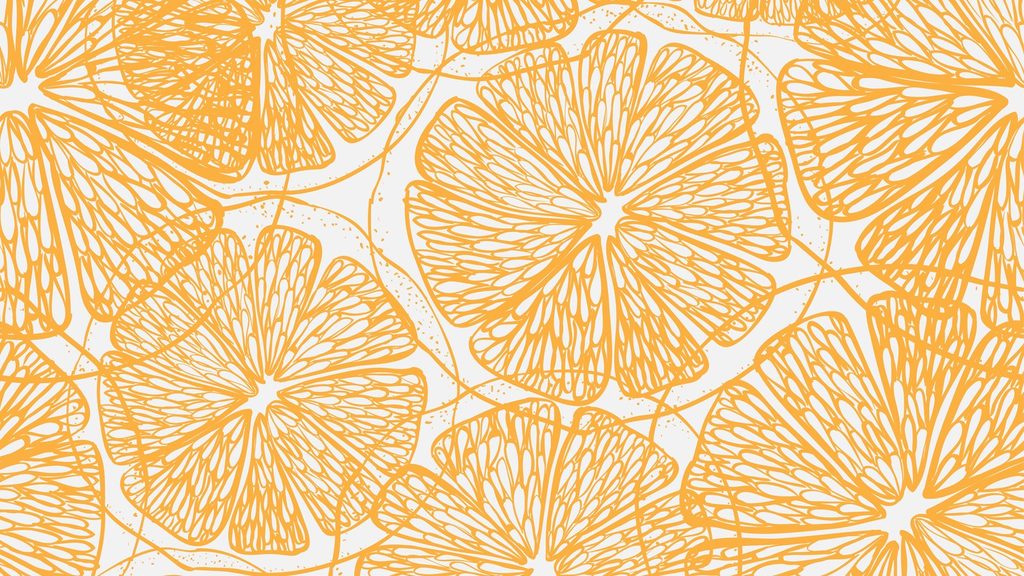The Reason Why Your Breasts Are Two Different Sizes

If one of your breasts is bigger than the other, you're not alone. Uneven breasts are actually quite common. Here's what doctors have to say about it.
We’re betting that you and your girls are pretty tight. But if one seems to flaunt a size D while the other is a humbler size C, don’t panic! You’re not the only one.
“The majority of women have asymmetric breasts—some can even be off a cup size,” says Mary Jane Minkin, MD, a clinical professor in the Department of Obstetrics, Gynaecology and Reproductive Sciences at Yale Medical School in New Haven, CT. “We don’t know the reason that this occurs. But it is highly unlikely to be anything worrisome; it is just a bit aggravating for women being fitted for bras,” Dr. Minkin says.
Rest assured that your asymmetrical breasts are completely natural.
But why is one bigger than the other to begin with? Like many other mysterious things about your body, it depends.
Uneven breasts are often inherited, according to Sherry Ross, MD, a women’s health expert at Providence Saint John’s Health Center in Santa Monica. So if your mom and grandmother’s breasts are two different sizes, it’s likely that yours will be, too.
It could also be a matter of weight loss or gain, Dr. Minkin explains. Because your boobs are partially made up of fat (along with connective tissue and milk ducts), their size can change as your weight does. But you don’t always gain or lose weight evenly across your entire body. Same goes for your breasts; one could lose or gain more fat than the other.
Pregnancy and breastfeeding can also impact breast symmetry, Dr. Minkin explains. “Breasts tend to increase in size during pregnancy and breastfeeding and then get smaller after breastfeeding—smaller than they were to begin with in many cases.”
And the baby’s feeding habits can impact a woman’s breast shape as well.
“The baby seems to have a distinct preference for one side or the other and that can leave mom with some asymmetry,” she explains. If your breasts have always been symmetric and you develop an asymmetry, then it merits an evaluation and you should get evaluated for a cyst or another abnormality in the larger breast.
What’s more, uneven breasts might be a sign of a condition like scoliosis (a curvature of the spine) or an abnormal chest wall. But don’t worry, genetics and weight change are much more common causes of asymmetry.
You should still pay attention if your breasts suddenly become asymmetrical, especially if there is a mass in one breast that causes the change in size, Dr. Minkin says. “I would counsel a woman to see her healthcare provider for an evaluation and a mammogram and/or ultrasound if necessary—but definitely not to panic.” (To protect yourself from developing breast cancer, check out these eating tips.)
But again, this shouldn’t be cause for concern. It’s most likely weight gain. All the same, it can’t hurt to get them checked out! And while you’re at it, read up on how to keep your breasts cancer-free.




